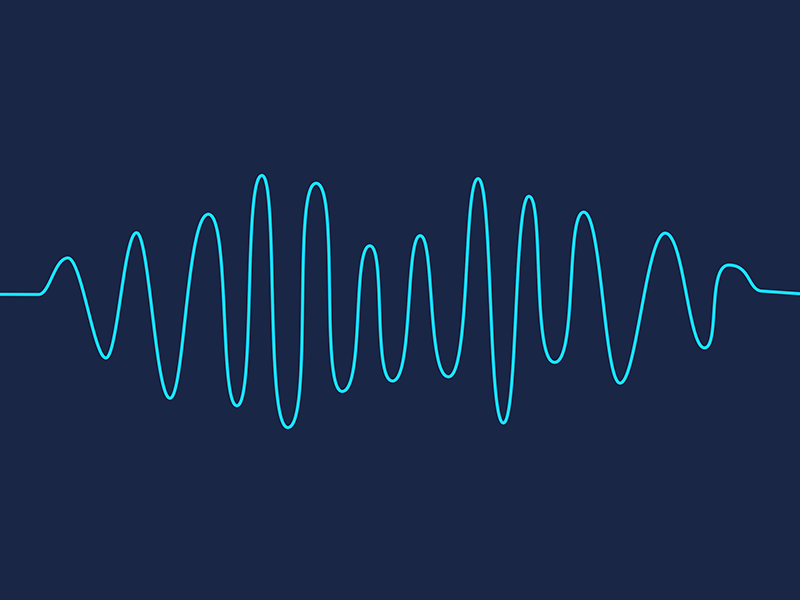https://github.com/nouralmulhem/communication_assignments
📶 Digital Communication (ELC325B) Assignments Solutions
https://github.com/nouralmulhem/communication_assignments
awgn-channel communication dequantization design digital-communication gram-schmidt matlab quantization quantization-algorithms
Last synced: 2 months ago
JSON representation
📶 Digital Communication (ELC325B) Assignments Solutions
- Host: GitHub
- URL: https://github.com/nouralmulhem/communication_assignments
- Owner: nouralmulhem
- License: mit
- Created: 2023-04-28T19:19:55.000Z (about 2 years ago)
- Default Branch: main
- Last Pushed: 2023-07-08T15:34:30.000Z (about 2 years ago)
- Last Synced: 2025-04-01T02:49:37.100Z (4 months ago)
- Topics: awgn-channel, communication, dequantization, design, digital-communication, gram-schmidt, matlab, quantization, quantization-algorithms
- Language: MATLAB
- Homepage:
- Size: 2.19 MB
- Stars: 4
- Watchers: 1
- Forks: 1
- Open Issues: 0
-
Metadata Files:
- Readme: README.md
- License: LICENSE
Awesome Lists containing this project
README
#  Digital Communication Assignments
Digital Communication Assignments

##  Table of Contents
Table of Contents
- 📙 Overview
- 📝 Assignments
- ☝️ Assignment 1
- ✌️ Assignment 2
- 👌 Assignment 3
- ✨ Contributors
- 🔒 License
##  Overview
Overview
-
Solution of assignment in course Digital communications ELC325B - This project has solutions for 3 assignments
- Built using Matlab
##  Assignments
Assignments
###  Assignment 1
Assignment 1
- This assignment is mainly talking about using uniform quantizer and see the affect of this quantizer on both uniform signal and non-uniform ones with small modification on the quantizer
- calculating the signal to noise ratio for each to compare results when different number of bits are used to transmit the signal which means a more or less resolution on transmitting
- for the non-uniform signal we used smaller quantization
steps for smaller signal amplitudes this achieved through compressing
the signal using the μ-Law Companding Technique then applying uniform
quantizer which is equivalent to non-uniform quantization - View Assignment 1
Title
Image
Description
Uniform Quantizer
Function is responsible to quantize and encode the transmitted
signal to a specific number of levels specified by the number of bits
it takes so the block outputs the zero-based index of the associated
region
Uniform De Quantizer
which was mainly responsible to decode the quantized signal and get the range back to the originally transmitted signal using previously calculated delta and x_min values
Quantize Dequantize Ramp Signal
- Midrise Figure
The figure shows a ramp function (dashed) which values ranges from -6 to 6 and the output of the quantizer and dequantizer for this signal where we used the mid-rise staircase for transmitting and using number of bits = 3 which leads to have 8 levels of values. the origin lies in the middle of a raising part of the stair-case like graph.
- Midtread Figure
This figure shows the same ramp function (dashed) but when we used the mid-tread staircase for transmitting the signal, as shown the origin lies in the middle of a tread of the stair-case like graph.
Uniform Quantizer and De Quantizer on uniform random Signal
- The signal-to-noise ratio (SNR) is one of the performance measures used to describe communication systems.
- In this particular figure we did generate a uniform random function and tried to transmit it at different number of levels to see the affect of quantizer and dequantizer on it.
Uniform Quantizer and De Quantizer on non-uniform random Signa
-
For this figure we generated a non-uniform random function and tried the uniform quantizer on it and we discovered that for small number of bits we transmit at. - The SNR value was less than expected and theoretically proved in equations as it is a uniform quantizer applied on a non-uniform signal, in the other hand at higher number of bits we can hardly see a difference.
Using a non-uniform 𝝁 law quantizer
For this part we used non-uniform μ-Law quantizer for different μ-val using zero value for the μ means uniform quantizing the signal the blocks output exactly the same graph as last mentioned one and for different μ-values we could obviously see the difference between theoretically calculated SNR and experimentally calculated one
###  Assignment 2
Assignment 2
View Assignment 2
Plot the output of the receive filter for the three mentioned cases
For input: 0011000011
Description
Image
On the same figure, plot the theoretical and simulated Bit Error Rate (BER) Vs E/𝑵𝒐 (where E is the average symbol energy) for the three mentioned cases. Take E/No to be in the range -10 dB: 20:dB. (Use a semilogy plot)
###  Assignment 3
Assignment 3
Gram-Schmidt orthogonalization is a mathematical procedure that takes a set of linearly independent vectors and constructs an orthogonal or orthonormal set of vectors that span the same subspace. It is commonly used in linear algebra and signal processing.
View Assignment 3
Description
Image
Φ1 VS time after using the GM_Bases function
Φ2 VS time after using the GM_Bases function
Signal Space representation of signals s1,s2
Signal Space representation of signals s1,s2 with E/σ¬2 =10dB
Signal Space representation of signals s1,s2 with E/σ¬2 =0dB
Signal Space representation of signals s1,s2 with E/σ¬2 =-5dB
##  Contributors
Contributors
Nour Ziad Almulhem
Eslam Ashraf
>This software is licensed under MIT License, See [License](https://github.com/nouralmulhem/Communication_Assignments/blob/main/LICENSE) for more information ©Nour.